On Jan 6, the Bureau of Land Management (BLM) held a webinar with panelists to discuss the new orphaned well cleanup program established by the bipartisan infrastructure package (P.L.117-58). The law appropriated $250 million “to identify orphaned wells and associated infrastructure on federal land and then plug, remediate, and reclaim these wells and the surrounding land.” In the webinar, BLM said that orphaned wells will be prioritized by risk to public health and safety; potential environmental harm; and other subsurface impacts or land use priorities. (To learn more about orphaned wells, read our FAQ here.)
On top of the $250 million for reclamation on federal lands, the infrastructure package also appropriated $150 million for cleanup on tribal lands, and $4.275 billion in grants for states to clean up orphaned wells. Those grants come in three forms: initial grants for immediate reclamation work, formula grants to direct funding to where it’s most needed, and performance grants to help states administer their own programs.
States can apply for a single initial grant of up to $25 million so long as the application is submitted by the middle of May 2022. The formula grants, meanwhile, are based on the number of oil and gas jobs lost in a state during the pandemic, the number of orphaned wells located in the state, and the projected cost of reclaiming them. States had until December 30, 2021 to notify the Department of the Interior (DOI) of their interest in applying for the formula grant. and a performance grant for either improved regulation or increased spending on reclamation.
So far, 26 states have submitted a notice of intent (NOI). DOI announced that from a preliminary analysis of the NOIs submitted, there are over 130,000 documented orphaned wells in the United State, 2.5 times the 56,600 previously estimated by the Interstate Oil and Gas Compact Commission (IOGCC). However, this finding came as no surprise. As we noted when the Biden Administration first announced its infrastructure plan including abandoned well and mine cleanup, insufficient data is a big challenge. There are no precise estimates of the number of orphaned wells, or the total cost of cleaning them up.
In fact, the IOGCC recently updated their estimate for orphaned wells to 92,198, according to their survey of 32 states, but this estimate is still much lower than the 130,000 filed by 26 states applying for formula grants. The IOGCC survey also counted 310,000 to 800,000 undocumented orphaned wells in the United State, although 11 of 32 states that completed the survey did not report an estimate.
However, one thing is certain—with more than 1.6 million wells that have been drilled and not plugged, orphaned wells will continue to be an enormous liability for local communities, states, and federal taxpayers. As panelists pointed out during the webinar, federal funding for tackling the issue should not mean oil and gas companies are off the hook. The industry must be held accountable and necessary reforms must be enacted to protect taxpayers from future liabilities. Congress should increase minimum bonding requirements so that in the event a company goes bankrupt or fails to reclaim its wells, the forfeited bond amount is sufficient to cover the cost of reclamation. Congress should also consider other measures to hold the oil and gas industry accountable, like allowing BLM to hold all predecessors of a well liable for reclamation if the current operator defaults or allow BLM to assess fees to cover the costs of reclamation.
Taxpayers are now paying $4.7 billion for a problem that the oil and gas industry created. As BLM considers its next steps for establishing the new cleanup program, policymakers should also take action to hold industry actors accountable, so future liabilities won’t continue to be passed on to taxpayers.

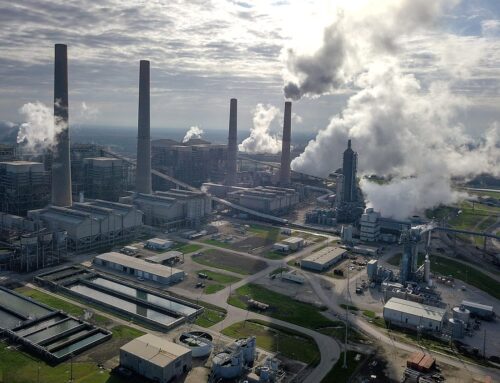
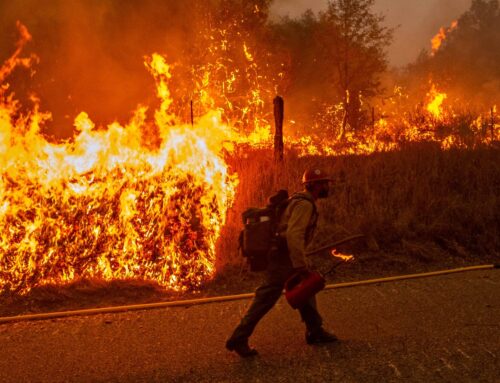
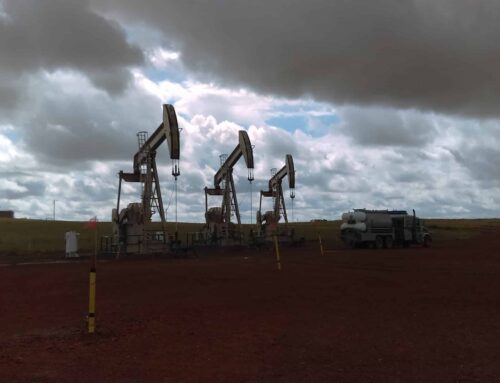

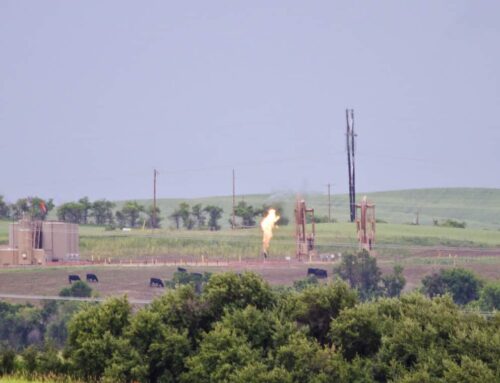
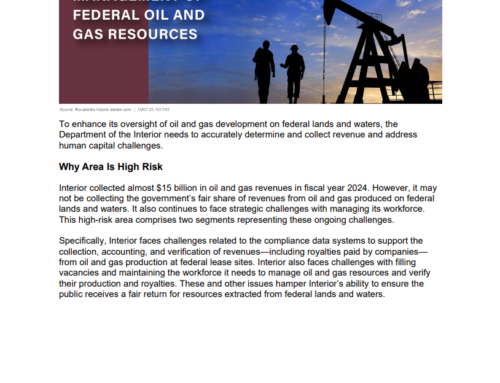
Get Social